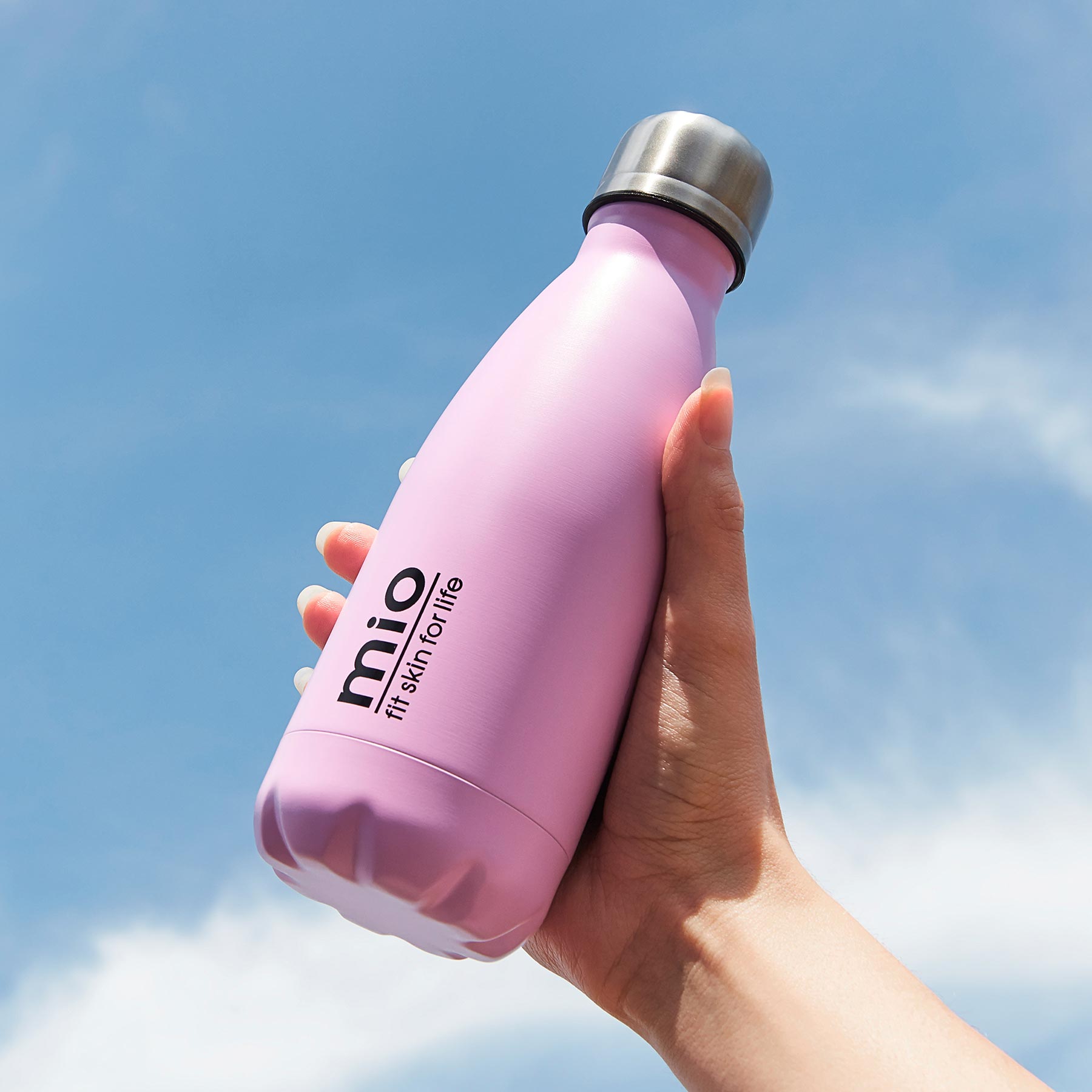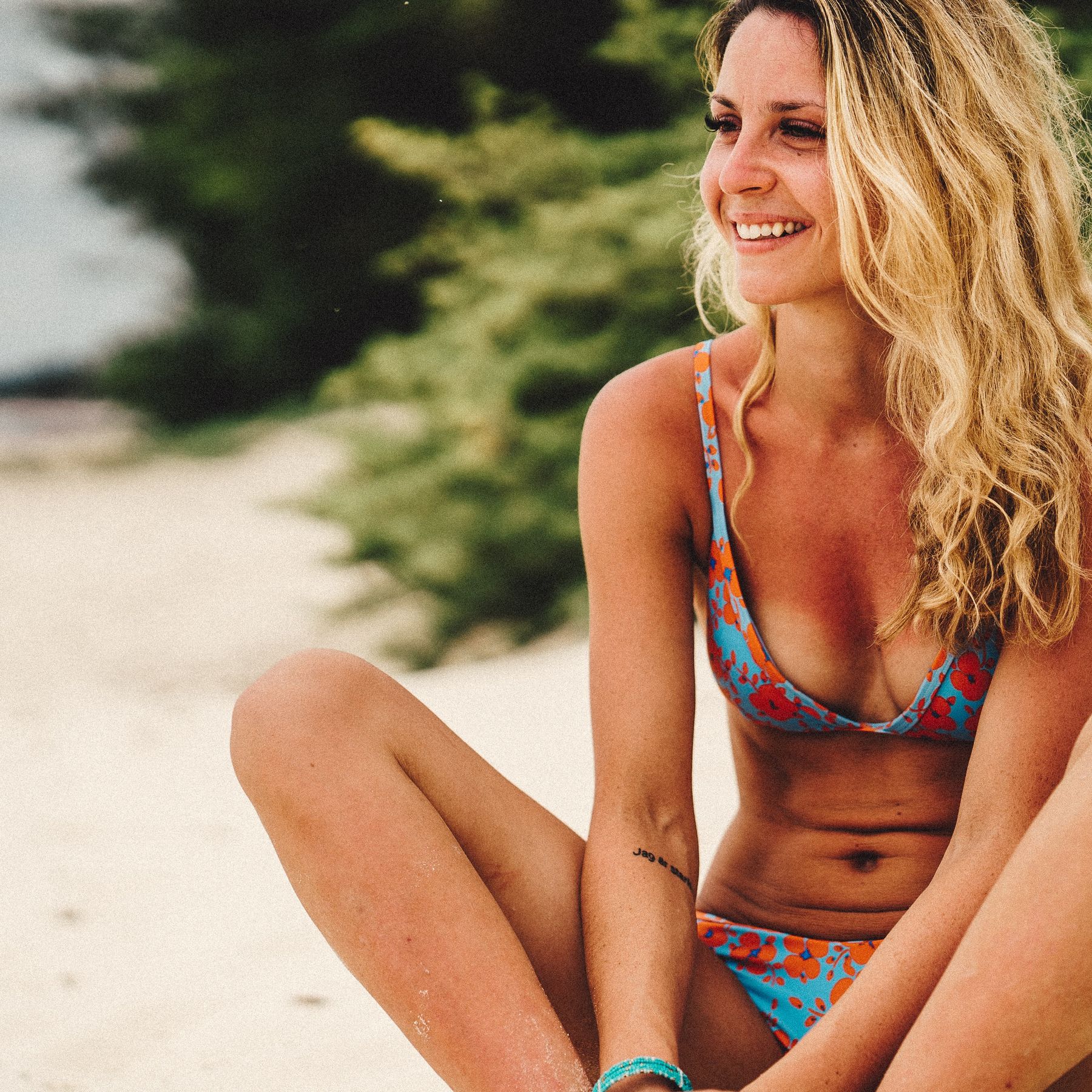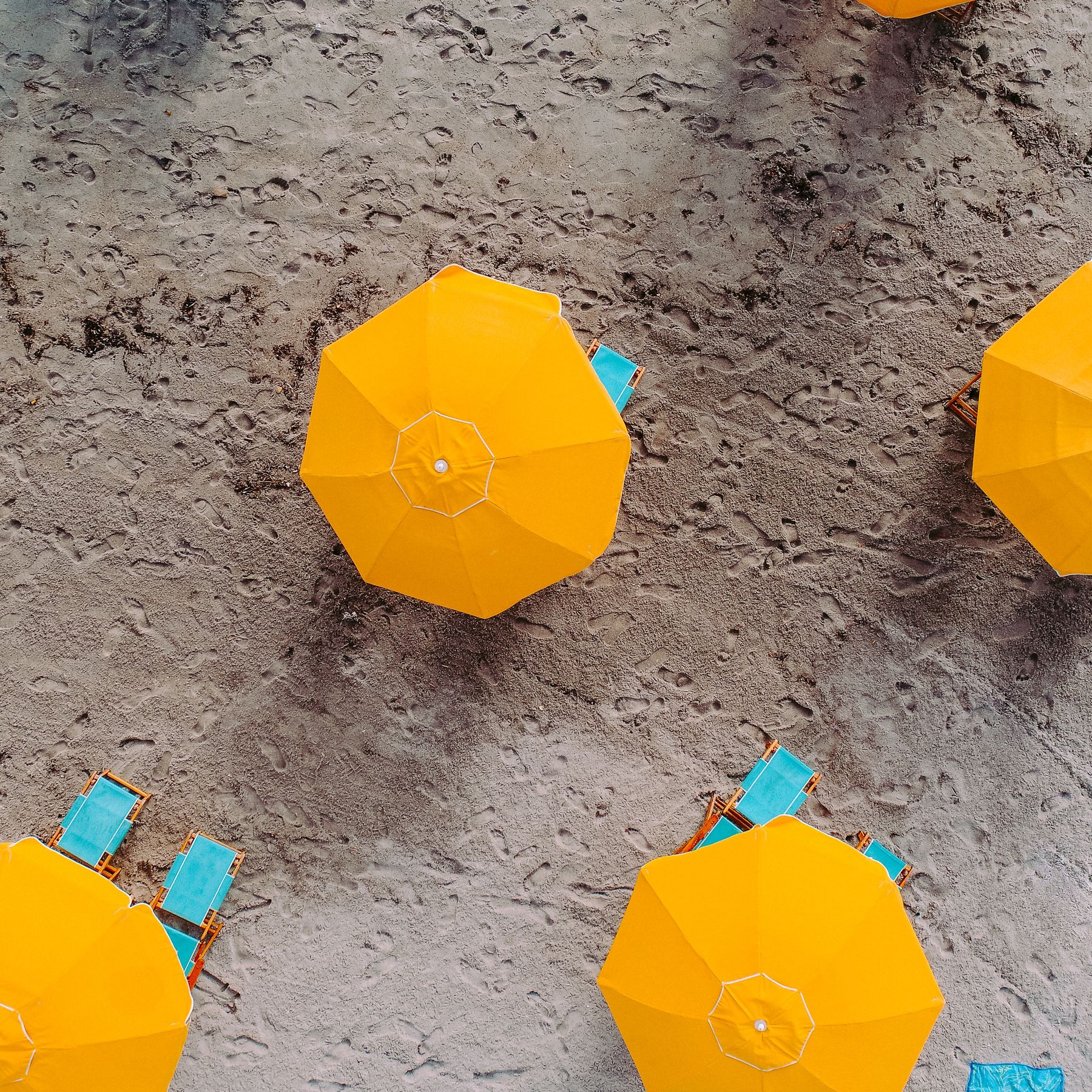Your skin is the single biggest interface between your biological system and the environment. The largest organ we harbour and often the one taken most for granted. Your skin sees, absorbs and experiences everything you do from pollution to the weather.
As we’re approaching the summer season, it’s the time of year our skin gets a bashing in a UV-binge kind of way, and we really need to focus on our summer skincare. Many of us Brits are literally sun-starved and we’re certainly feeling the effects, as more of us are being diagnosed with a Vitamin D deficiency than ever before.
This means it’s easy for us to get carried away, especially when we’re relaxing with the sun beaming down on us. Think about how it feels when you open your sleepy eyes for the first time and how almost painful it is, now apply that to exposing your skin to sunlight which has been covered for most of the year, it’s pretty much the same thing.
We need the sun, there’s no denying that, but we don’t need to be causing serious harm to our health in the process. It is important we prepare and protect our skin by implementing the right practices to keep our skin healthy, radiant and beautiful.
Stay Hydrated Inside And Out
It comes as no surprise that the sun can seriously dry out your skin. The importance of after-sun treatment cannot be stressed enough and it must form part of your summer skincare routine. When selecting a cream, you should look out for key vitamins and minerals to re-nourish and feed the skin. Vitamin E is vital for its antioxidants that will protect the cell membranes, while Aloe Vera will cool and reduce irritated, sun-stressed skin.
When you are experiencing high temperatures, you are constantly losing fluids which can cause you all sorts of issues from dehydration to sun stroke, so don’t just drink when you feel thirsty. For a limited time only, grab your reusable, sustainable Mio Skincare bottle when you spend £45/$55 onsite.

SPF To The Max
SPF is the most important item to have in your suitcase, but also a morning-routine must! Dermatologists can’t emphasize enough how vital it is that your daily face moisturizer includes at least an SPF 30, even when it’s cloudy.
When life’s a beach, apply sunscreen all over 15 minutes before leaving and every hour thereafter, in particular after a swim even if it says water-resistant. It will be your hardest worker and your most loyal friend to stop early signs of ageing and those fatal radiation and UV rays.
Soak Some Up
We certainly make the most of the sun when it makes a rare appearance and so we should. Not only is it a great way to top up that much needed Vitamin D but it’s also a great way to prep your skin ready for your sun-soaked holiday. So get out on your lunch break and catch some rays, read your book or have a stroll, a short period of 20 minutes is all you need to reap the benefits.

You Are What You Eat
This famous saying still reigns supreme. Although it’s not a substitute for sunblock there are certain “SPF foods” that can help boost natural sun protection. Did you know tomatoes contain a phytochemical called lycopene that helps to protect us against turning a shade of lobster?
Carrots are also packed with a nutrient called carotenoids which help reduce sunburn intensity. In fact, there are a number of rainbow coloured fruit and veg that can help, so fill your plates full of red, yellow and orange foods.
Other vital nutrients to feast on include, Omega 3 fatty acids found in walnuts and fish; Vitamin C filled kiwi, strawberries and oranges (perfect combination for a fruit salad); and Vitamin E, seeds, nuts and avocado. All big players packed with powerful antioxidants to help kill off free radicals that your body produces in response to the cellular damage from the sun.
Seeing Red?
Sun burn, the two words you don’t want to be told while you’re enjoying a beach holiday. Unfortunately, if these words are uttered your way then it’s too late, the sun damage has already been done. So what happens exactly when your skin goes red?
During sun exposure you’re actually charring and changing your skin cells and DNA. UVB rays – the short-waves that dive into the superficial layers of the skin—are to blame. Although only going to the surface, the damage goes deeper, destroying your skin’s immune defence system, making these cells less capable of repairing themselves. It goes without saying the burn should be avoided at all costs.
Try mio skincare’s Future Proof to soothe and nourish damaged skin.
Throw Some Shade
You’ve heard it so many times and it isn’t an old wives tale. Keep out of the sun between the hours of 10am and 2pm, the sun is at its hottest and most dangerous so it’s best to keep your exposure to a minimum.
Use the time to stay under the parasol and nap with the dreamy sound of crashing waves in the background, or indulge in lunchtime treats. For the tan-lovers, it doesn’t mean you won’t get brown, it just means the sun you choose to lie in will be filtered. Thank us later when you are older and wrinkle-free!

The Sun Can Help
It’s the best source of Vitamin D which is vital for overall health, from bones and fertility to fighting disease; and the skin is our best way of absorbing all its goodness (it’s quite the dream team). The power of sunshine also extends much further, it lowers blood pressure and treats a number of skin conditions as well as improving our psyche and sense of wellbeing, leaving us feeling positive and warm from the inside.
The sun isn’t bad, but the tendency we have to use and abuse it is. It’s simple; protect your skin but don’t shade yourself from the amazing benefits.
See More: Best Beaches In The World According To Us
Insta: @mioskincare //Twitter: mioskincare// Facebook: mio skincare